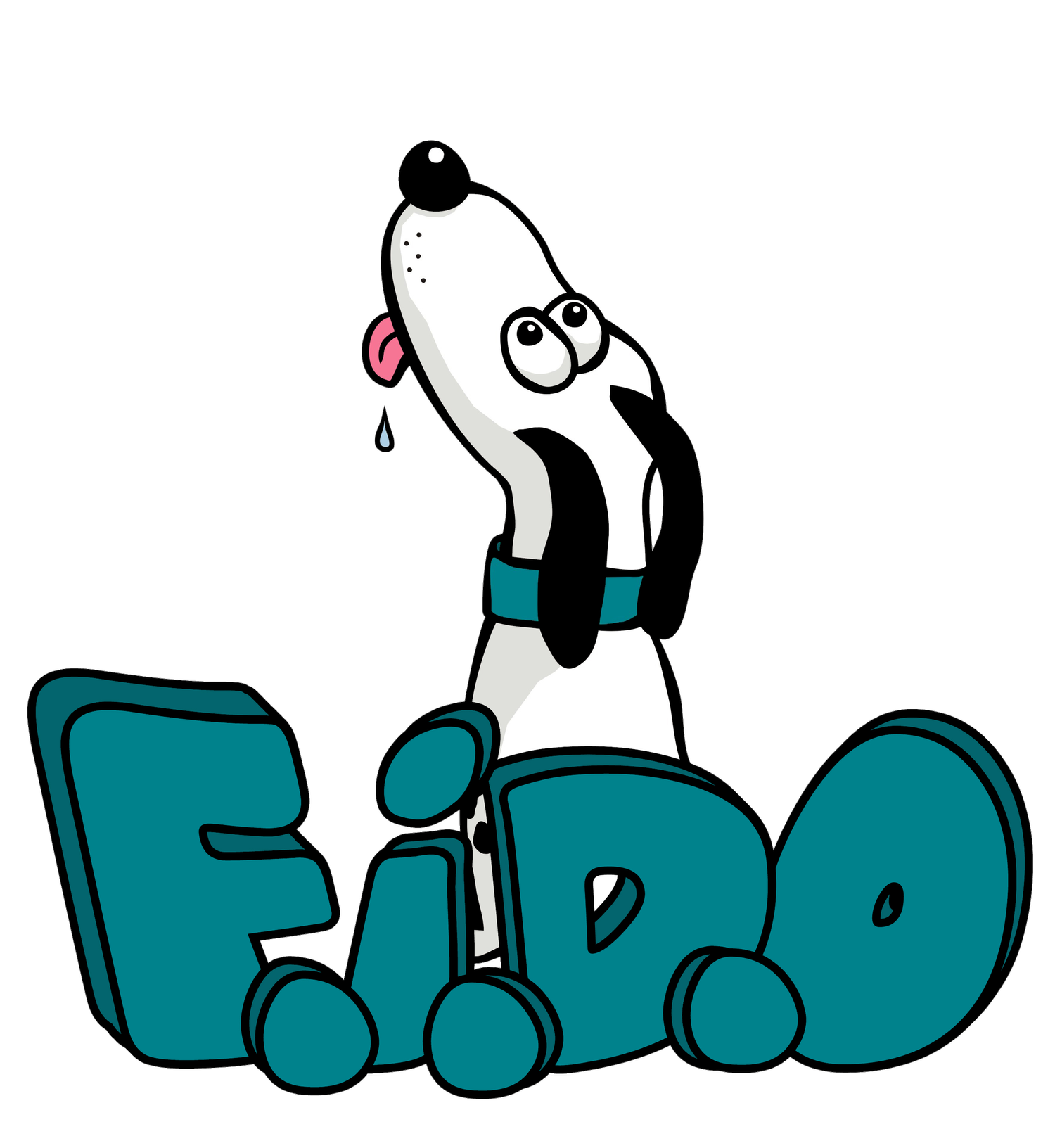Reading Your Dog’s Body Language: The Power of Movement
Dogs are always talking — not with words, but with their bodies. Whether they’re bouncing around or standing completely still, every movement (or lack of it) tells a story. If you want to really understand your dog, tuning into their body language is a great place to start.
Happy Dog
A content, relaxed dog is easy to spot. They’ll have a soft, balanced posture, smooth coat (if that’s possible!) and gentle eyes — no intense staring or wide-eyed looks. Their movements are loose and wiggly, and they might even throw in a playful “play bow” — elbows down, bum in the air — to invite you to play a game.
Feeling a Bit Anxious
If your dog seems to shrink back, ears pinned and eyes showing the whites, they’re probably feeling nervous. Their tail might be low, and they’ll likely avoid eye contact. You might also notice yawning or lip licking — classic signs of stress.
On High Alert
When a dog leans forward with a focused stare and stiff body, they’re on alert. Think of a sheepdog stalking a flock — totally concentrating and ready to move. This posture says, “I’m watching closely and ready to act.”
Back Off, Please
A stiff body, intense stare, tight jaw, raised hackles, and bared teeth? That’s your dog saying, “Give me space.” It’s a clear warning sign, and it’s best to respect it.
Understanding Reactive or Fearful Dogs
Dogs that are scared or reactive often show more dramatic body language than their calm counterparts. Learning to read these signals can really help you support them.
Taking the Scenic Route
If your dog walks in a curve or wide arc instead of heading straight toward something, they’re trying to give themselves more time and space to figure things out. It’s a smart move — and one you should encourage.
Sniffing for Comfort
Sometimes, a dog will head toward something safe to sniff instead of confronting what’s worrying them. This helps them relax and feel more in control.
Charging Ahead (Sort Of)
It might seem odd, but a scared dog might actually move toward the thing that’s scaring them. It’s not bravery — it’s a way to try and make the scary thing go away. If you see this happening, gently slow your dog down and guide them in a different direction.
Pause and Process
Slowing down gives your dog a chance to think. But if they stop and stare for more than a second or two, they might be getting fixated — and that can quickly lead to a meltdown. If you spot this, calmly get their attention and move them away before things escalate.
Subtle Signals to Watch For
Head up, ears forward: “What’s that? I hear/smell something!”
Head low and sideways: “I’m worried.”
Head turn and no eye contact: “I’m not okay with this.” Pause and wait until they’re ready to move on.
Head turn and eyes still locked on: “I really don’t like this.” Time to gently redirect.
Why It Matters
Your dog’s body language is like a quiet conversation. Learning to read it can turn a stressful walk into a peaceful one — and help you build a stronger bond with your four-legged friend.
